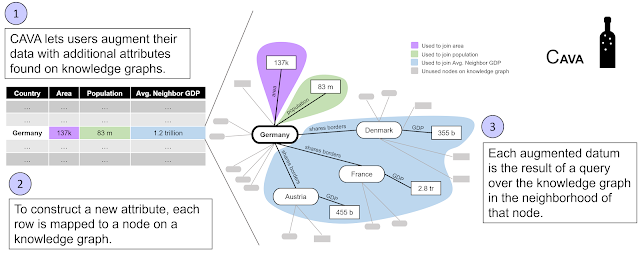The Great Partnership In Between Two Non Living Being: The Upcoming Future
AI, data science and physics: a powerful partnership.
Data analysis and prediction:
Physics often involves collecting and analyzing large datasets from experiments, simulations, or observations. Data science techniques, such as statistical analysis, machine learning, and AI algorithms, can aid in extracting valuable insights, patterns, and correlations from this data. These insights can then be used to predict and understand physical phenomena with greater accuracy.Simulation and modeling:
Physics relies heavily on simulations and mathematical models to study complex systems and phenomena. AI and machine learning techniques can enhance these simulations by providing more accurate and efficient algorithms. For example, neural networks can be trained to optimize simulations, enabling faster computations and more precise predictions. Data science can also contribute to refining existing models by analyzing experimental data and incorporating new insights.
Pattern recognition and anomaly detection:
Physics experiments often involve detecting and analyzing patterns and anomalies in large datasets. AI and data science methods excel at pattern recognition tasks and can assist physicists in identifying subtle signals or unexpected behavior in their data. This can lead to the discovery of new physical phenomena or the detection of previously unknown patterns, thereby advancing our understanding of the universe.
Data-driven discovery:
 |
AI and data science have the potential to accelerate scientific discovery in physics. By leveraging machine learning algorithms, physicists can sift through vast amounts of data, searching for new particles, uncovering hidden relationships, or identifying novel properties. This data-driven approach can save time and resources by guiding researchers towards promising areas of investigation, ultimately pushing the boundaries of our knowledge.
Optimization and control:
Physics often involves optimizing experimental parameters or controlling complex systems. Data science techniques can be applied to optimize experimental setups, improve data collection processes, or enhance control mechanisms. AI algorithms can help in real-time decision-making, adapting to changing conditions, and optimizing experimental outcomes, leading to more efficient and effective experiments.
Instrumentation and sensor technology:
AI and data science can contribute to the development of advanced instrumentation and sensor technology in physics. Machine learning algorithms can aid in designing better sensors, improving data acquisition techniques, and enhancing signal processing methods. This can lead to more sensitive and precise measurements, enabling breakthroughs in various branches of physics.
Overall, the combination of AI, data science, and physics creates a powerful synergy. AI and data science techniques provide physicists with powerful tools to analyze data, simulate complex systems, make predictions, and drive discoveries. At the same time, physics provides a fertile ground for applying these techniques, generating new research opportunities, and advancing our understanding of the natural world.


















